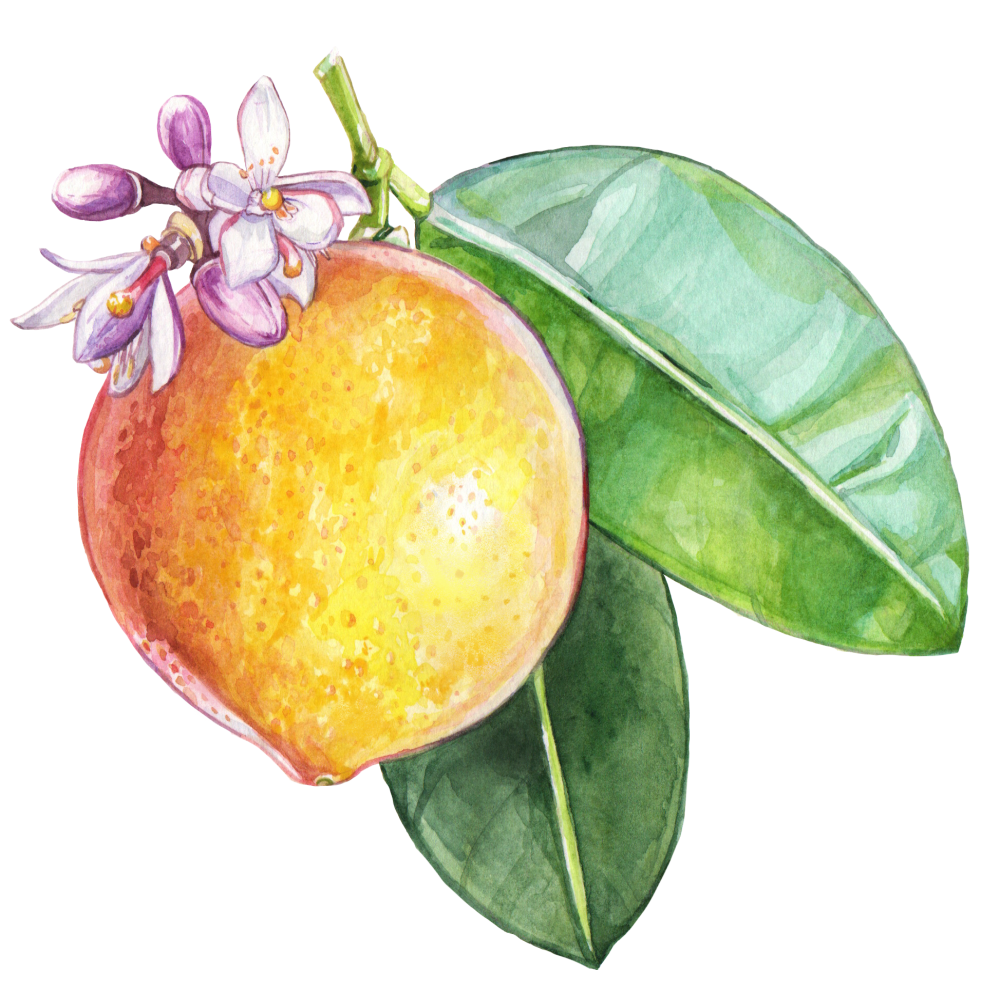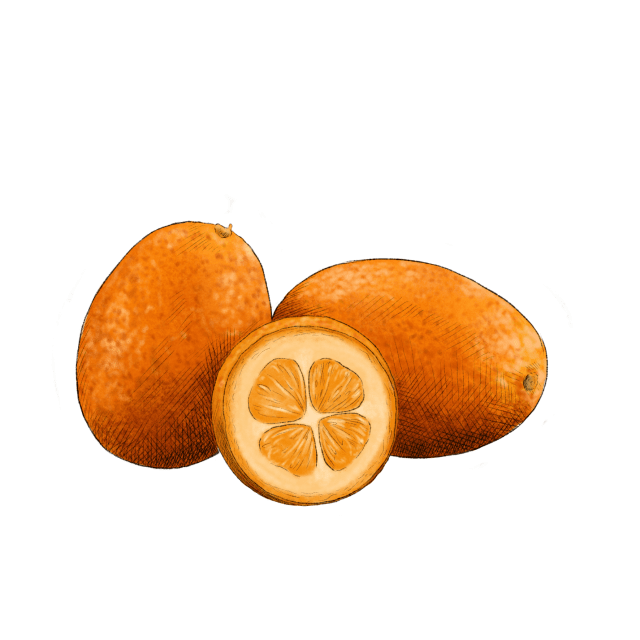Meyer Lemon

Latin name: Citrus x meyeri
Uses: fruit
What are Meyer lemons?
An explorer for the Department of Agriculture named Frank Meyer trekked across the interior of China in 1907 and noted the allure of a lemon-like fruit in a village just outside Beijing. Smooth and thin-skinned, round and juicy, just slightly sour and practically seedless, the xiang ning meng came to be known in the U.S. as the Meyer lemon. Like all citrus, it has grown in China for several hundred years. Some say it’s a cross between a lemon and an orange or mandarin; others say it’s a cross between a pomelo, mandarin, and citron.
Why are Meyer lemons healthy?
Meyer lemons are excellent sources of vitamin C, an antioxidant that reduces inflammation, boosts the immune system, and stimulates collagen production within the skin. The fruit is also a good source of potassium, calcium, and magnesium. Additionally, Meyer lemons contain two specific bioflavonoids found to provide promising anti-tumor activities. These compounds are found in the Meyer lemon peel, so be sure to find a way to utilize the zest as well.
What do Meyer lemons taste like?
Imagine a mandarin, sweet lime, and lemon all in one. Meyer lemon is prized for its sweetness and complex scent, like spicy-floral bergamot with a distinct herbal note of thyme.
How do I use Meyer lemons?
Use the juice for cocktails and lemonade, desserts, salad dressings, or squeezed over vegetables. Add raw segments to salads. Whole and salted, they make great preserved lemons. You can substitute Meyer lemons for regular lemons in a lot of recipes, but they are mildly sweet.
What do Meyer lemons pair well with?
The flavor goes well with nuts such as almond and hazelnut; olives; herbs such as mint, rosemary, and thyme; spices such as ginger and cardamom; stone fruit; berries; and vanilla. The zest makes an excellent (and aromatic, and healthy) addition anywhere you’re using the juice.
Where do Meyer lemons grow?
Meyer lemons grow best in mild climates without severe winters. In the United States, citrus-growing areas such as California, Texas, and Florida produce Meyer lemons, as do Mexico, India, Iran, and Turkey.
How to buy Meyer lemons:
Look for peak ripeness when its rind is a deep orange-yellow, bright, and shiny, so that the fruit is juicy and at its most fragrant.
Fun Meyer lemon fact:
Meyer lemon trees were banned or destroyed in the U.S. in the 1940s to prevent the spread of citrus viruses. Most Meyer lemons are now a hybrid: the “Improved” Meyer lemon, developed by the University of California, Riverside. In the 1970s, it was a signature ingredient at Alice Waters’ Chez Panisse, helping to revitalize the fruit’s reputation in California. Martha Stewart is credited for widely popularizing Meyers in dozens of recipes. Frank Meyer, who mysteriously drowned in the Yangtze River in 1918, couldn’t have foreseen Meyer lemon salsa, skillet chicken, and crinkle cookies.




